Protected species in your garden? Here's what to do...
These critters and creatures are protected by law
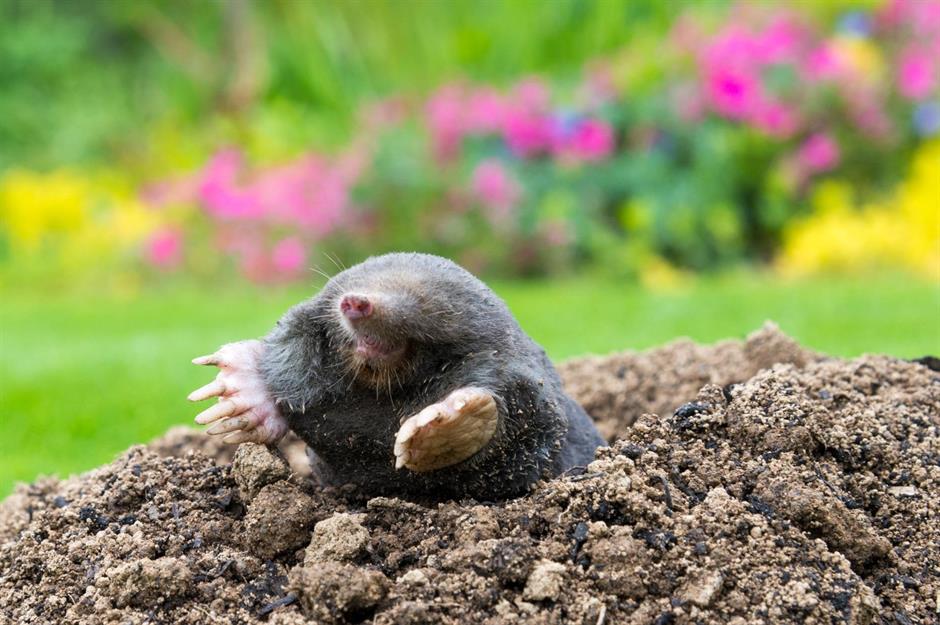
You've probably spent a lot of time, effort and cash making your home an inviting oasis, but have you mistakenly created a haven for a whole host of critters and creatures?
While some common household pests can be deterred and removed with ease, others are protected by law, making it illegal to disturb or harm them. From bats to badgers, these animals come with some protection that it would be wise to understand.
Click or scroll through this gallery to learn how to handle these uninvited guests if they take over your home or garden...
Protected species: wild deer
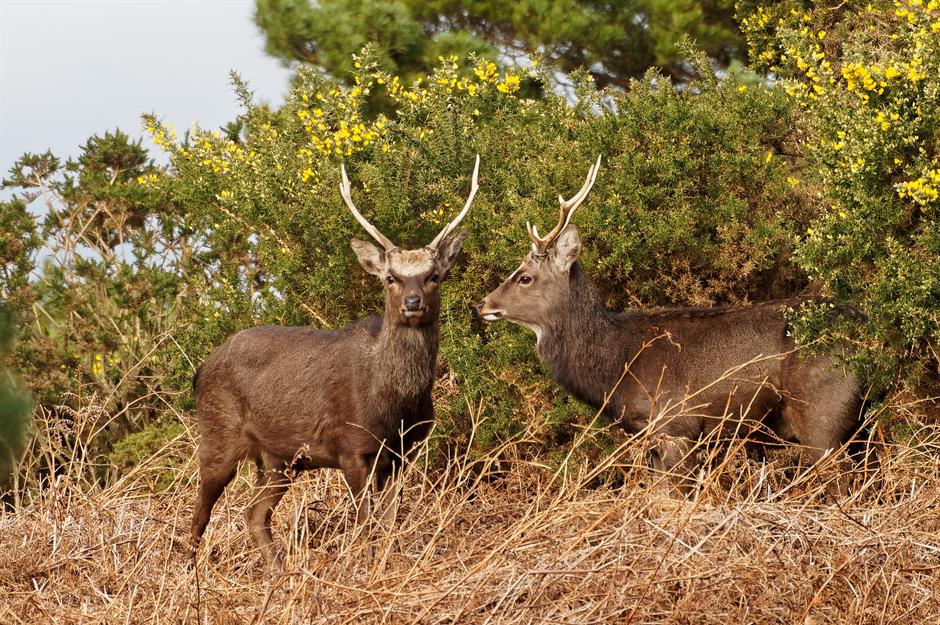
There's something undeniably alluring about wild deer. Although some species are native to Europe, Asia, North America, South America and North Africa, many have also been introduced elsewhere.
Britain’s deer population is believed to be at its highest level for 1,000 years and this is having negative impacts on wildlife and crops. They cause 74,000 road traffic accidents a year and carry diseases such as Lyme and TBE (tick-borne encephalitis), which are a threat to public health.
Another issue is that deer are beginning to explore new territories. While they tend to live in forests and parkland, they have recently started encroaching on urban environments including gardens.
How to get rid of wild deer legally

In the UK, wild deer are protected by the Deer Act 1991, which means that landowners can only act during deer close season, which differs between species. Those wanting to cull deer on their land will need a licence.
These rules differ across Europe depending on the species. For example, water deer are protected in France and hunting them can result in prosecution, while European fallow deer are considered to be endangered across the continent.
For most homeowners, there will be no need for drastic measures and generally, deer can be scared off with ease. A sturdy fence is the best way to keep them out, while noise and light deterrents, such as sirens and solar ultrasonic devices, can help frighten them away. There are also a number of deer-repelling plants, including lavender, garlic and chives.
Protected species: European pine martens
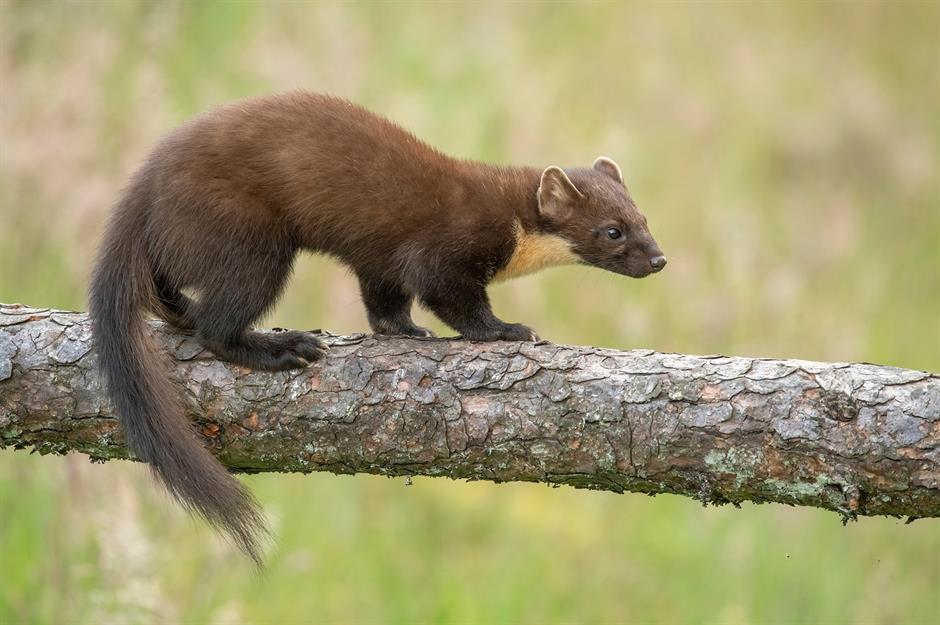
Curious and playful, the marten is part of the Mustelidae family – carnivoran mammals that include weasels, badgers and otters. They are native to most of Europe and parts of the Middle East and have an excellent sense of sight, smell and hearing. They're recognisable by their light to dark brown fur and cream or yellow-coloured bibs.
They favour woodland habitats but they can survive in more open country as long as there are trees for sheltering. While populations are considered to be stable across most of Europe, hunting and loss of habitat have led to them being critically endangered in England and Wales.
How to get rid of European pine martens legally
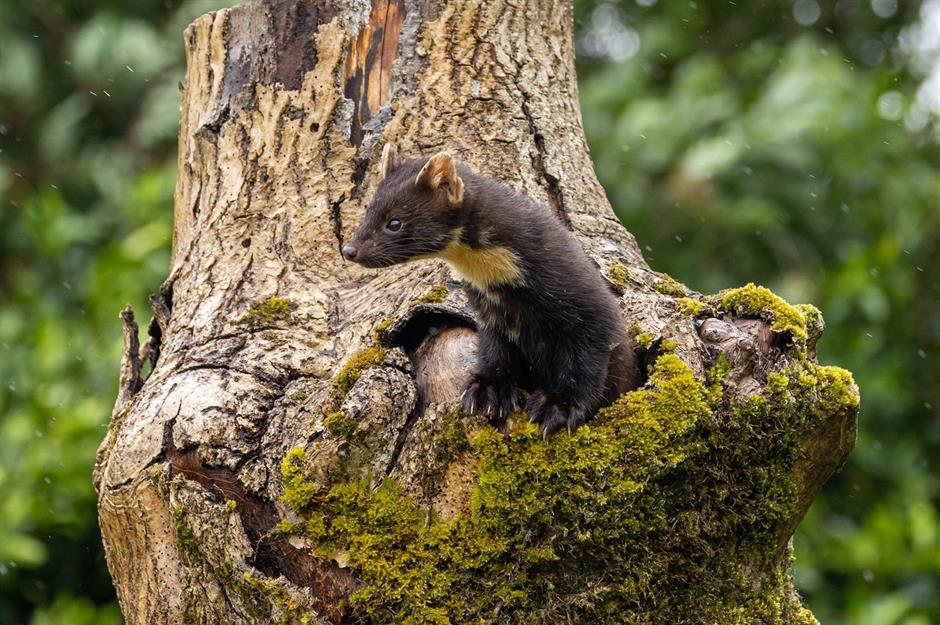
While it's highly unlikely a pine marten will find its way into your garden, if one does you should leave it alone. That's because they are legally protected in Europe, including the UK and Ireland. This means you can't do anything to harm them or disrupt their breeding habits.
Pine martens can cause problems if they create a den inside a house, usually a roof void. They can also sometimes cause structural damage if they need to enlarge an existing gap to gain access to a building. However, it is illegal in Britain to disturb pine martens in their dens or block their access routes. If there's a den in place, then wait until the animals vacate before contacting your local wildlife authority for advice.
It's worth ensuring any gaps and access points are blocked before wildlife can set up shop on your property. Special breeding boxes can be installed on nearby trees as an alternative.
Protected species: barn owls
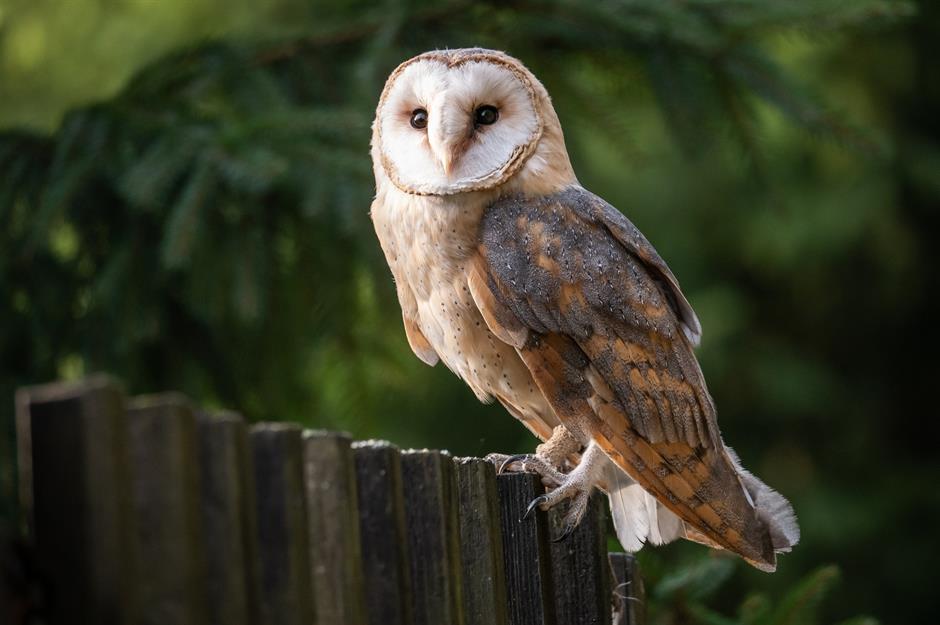
Beautiful and beguiling, barn owls are defined by their heart-shaped faces, speckled feathers and pure white bellies. They are usually found in rural locations since they require large areas of open land for hunting. However, they do sometimes encroach on fringe urban areas, which is where issues can arise.
When nesting, barn owls may take up residence in buildings, leaving pellets, faeces and endless feathers in their wake. Like all birds, barn owls can carry a range of parasites that can infect humans and pets, including fleas, lice and tapeworms.
How to get rid of barn owls legally
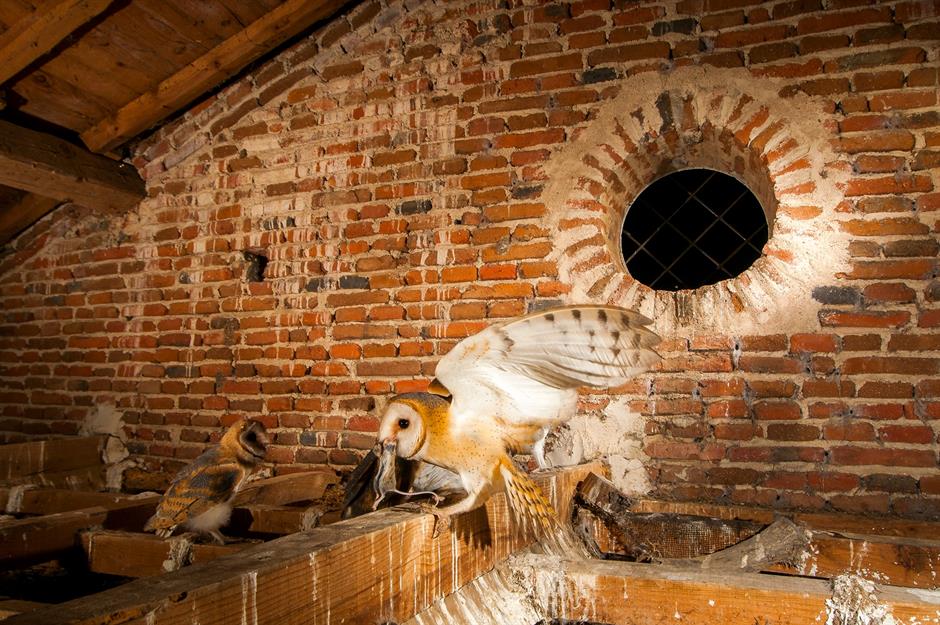
Barn owls are protected in the UK since their numbers have severely decreased in recent years due to factors including loss of habitat and pesticides. This means you can't interfere with their nesting spots, eggs or young. In fact, it's illegal to disturb or remove the bird once it has begun nesting.
Protection against disturbance ends when the last young owl becomes independent. At this stage, you can call in a professional to discuss your options. The best action is to try to deter them from returning. Install bird netting to seal off attractive nesting spots such as lofts, rafters and voids.
If you come across a nest on your property, stay clear as owls can become aggressive when defending their young. It's also worth noting that other birds, such as hawks, are also protected.
Protected species: wasps

We know what you're thinking, wasps are protected? In European countries like Austria and Germany, they are.
While these distinctive yellow and black insects have a poor reputation, for the most part, they're harmless. They are fantastic pollinators and play an important role in ecosystems, providing us with natural pest control.
Wasps like to set up colonies where it is warm and dry, so common nesting spots include sheds, garages, lofts and basements where they can gain access through tiny openings. This can lead to swarming nests and if provoked, wasps can become aggressive and sting humans. So why is it illegal to kill wasps in some parts of Europe?
How to get rid of wasps legally
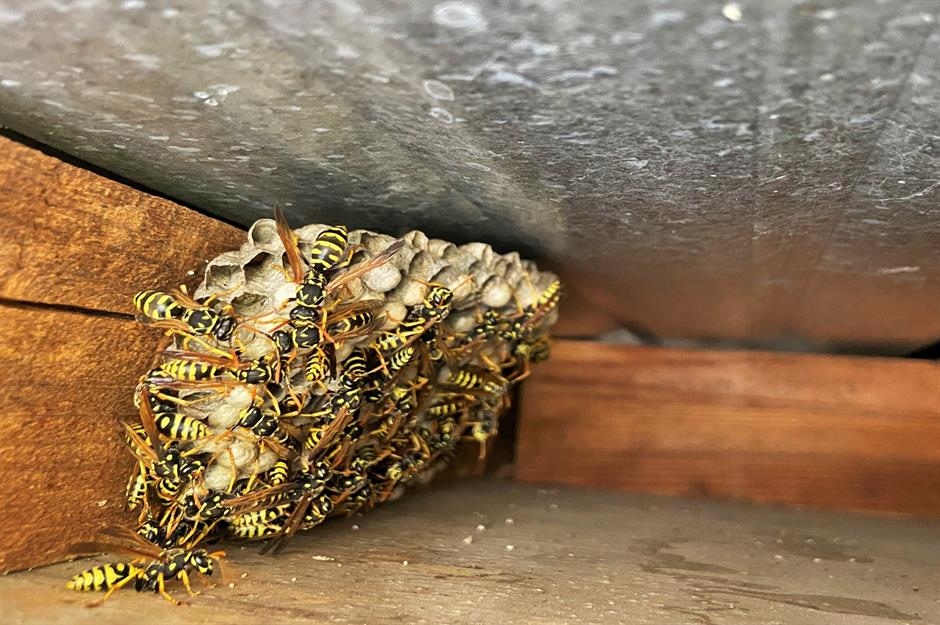
Germany's Federal Nature Conservation Act prohibits the deliberate disturbance of wasps and other wild animals, like beetles and bumblebees, without reasonable cause. This includes trapping, injuring or destroying them.
In Austria and Germany, the removal or relocation of a nest can't be carried out without reason and a proper permit. According to Euro News, Germans who kill a wasp can be forced to pay between €5,000 (£4.3k/$5.7k) and €50,000 (£42.7k/$56.5k) for violating the act. Speak with a professional about your situation and options before taking any action.
To deter wasps, consider natural repellents. Scents such as peppermint or a blend of clove, geranium and lemongrass oils are thought to be effective.
We may see wasps protected in the UK soon, with climate change causing a rapid decline in their numbers, according to British newspaper The Independent.
Protected species: frogs and toads
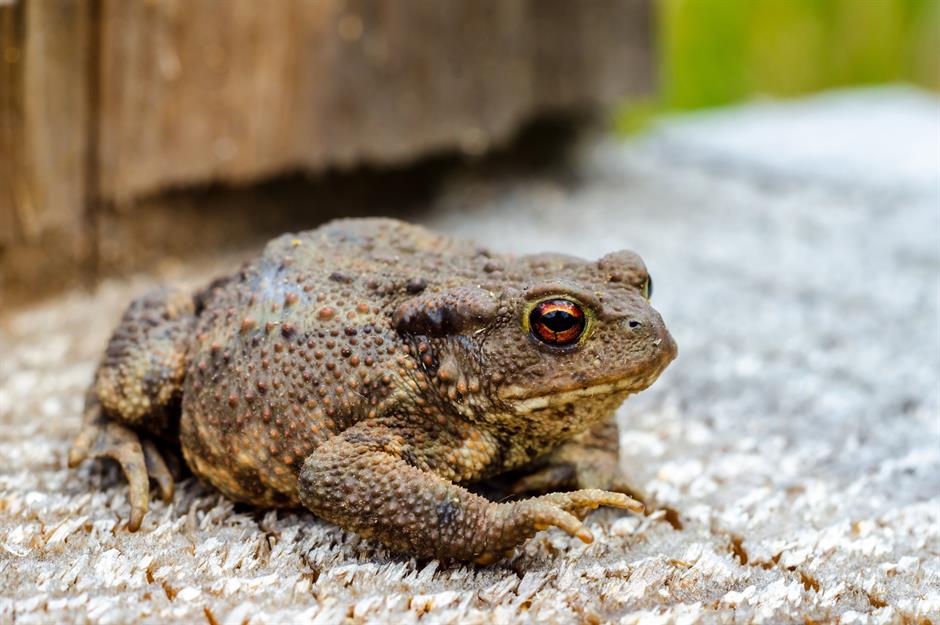
Frogs and toads are little amphibians that might look similar, but there are some key differences. Frogs tend to have sleek, smooth skin that looks wet, even when they’re not in water. They have long legs and are excellent jumpers. Toads (pictured) on the other hand have bumpy, warty skin, are squat and have short legs.
Both frogs and toads eat bugs and woodlice. Frogs love slugs and snails, while toads favour ants, so they're great for natural pest control. As amphibians, they need water to survive and love moist conditions, so they can usually be found in and around ponds and marshy areas around the world. In fact, they can be found on every continent except for Antarctica.
How to get rid of frogs and toads legally
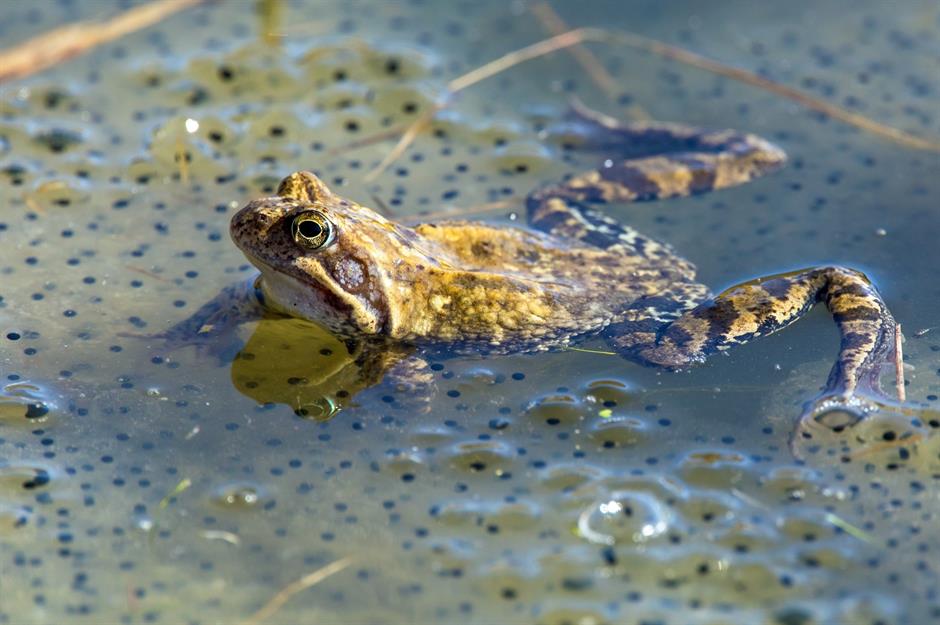
Sadly, many frogs and toads are endangered. In fact, according to the IUCN Red List, 41% of all amphibian species are thought to be threatened with extinction. In the UK, frogs and toads are protected, so you can't do anything to harm them. Instead, you should leave them be.
If a frog is trapped or in danger, move it to another part of the garden that provides cover from predators and extreme weather, such as a compost heap or underneath a shed. You should always wear gloves.
If your garden has an influx of frogs during the spring breeding season, don't panic. They will disperse naturally during the following days and weeks.
Protected species: bats
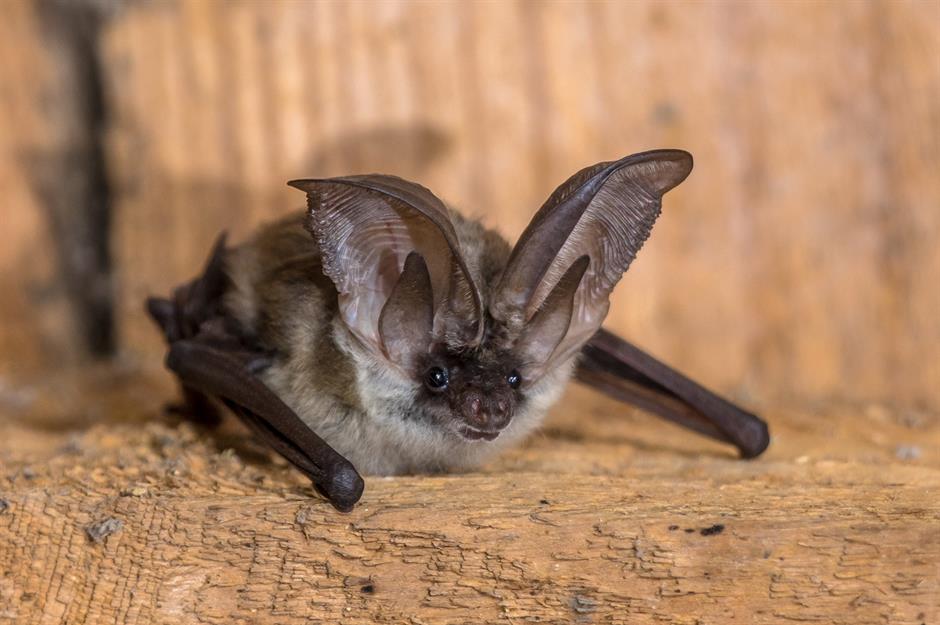
Thanks to folklore and fantasy stories, bats have gained a bit of a bad reputation. However, these nocturnal flying mammals are fascinating. Contrary to popular belief, bats are not blind. They have small eyes and sensitive vision, which helps them see in pitch-black conditions with the help of echolocation or biosonar. Bats emit high-frequency sound pulses and listen to the echo to find their way and track down food.
There are over 1,400 species in the world and they utilise various habitats throughout the year for feeding, roosting and travelling.
Bats like quiet, dark spaces for sleeping and breeding, so they can often find their way into people's attics and outbuildings. This can cause problems if you're hoping to renovate a space that is inhabited by bats.
How to get rid of bats legally
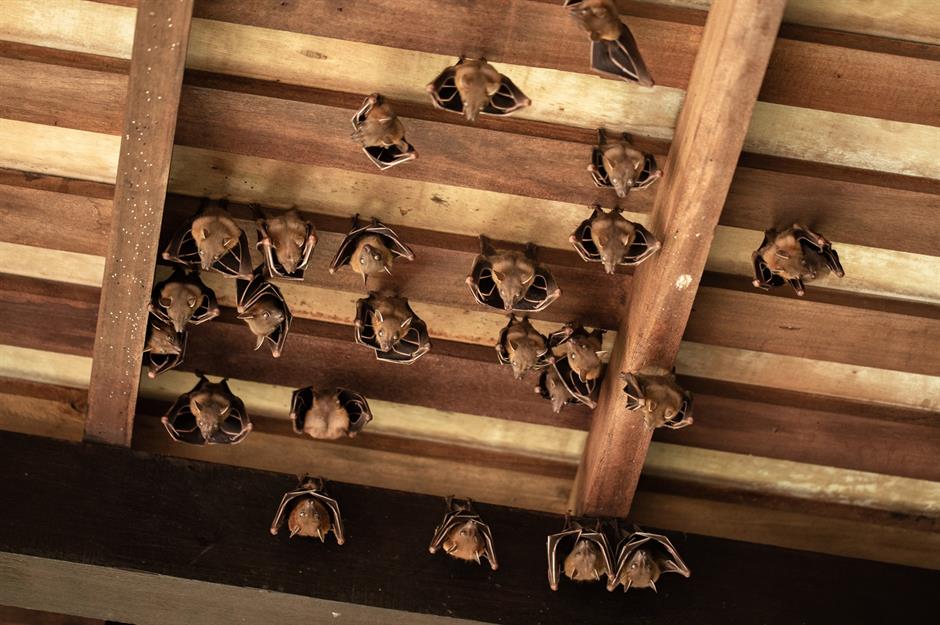
Bats are protected in many countries around the world. In some areas, plants depend partly or wholly on bats to pollinate them, plus they help control insect populations,
All British species are protected by law. Therefore, you can't take, injure or destroy a wild bat or intentionally disturb roosting bats. If you discover bats nesting in a property you own, their roost is protected by law. You must ensure that all exit points are not blocked and seek advice from the Joint Nature Conservation Committee.
Be aware that bats can also carry strains of rabies called European bat lyssaviruses, but transmission to humans is extremely rare, especially with proper caution.
To deter bats from roosting on your property, ensure your eaves and roof tiles are secure and any small holes in buildings are fixed.
Protected species: great crested newts
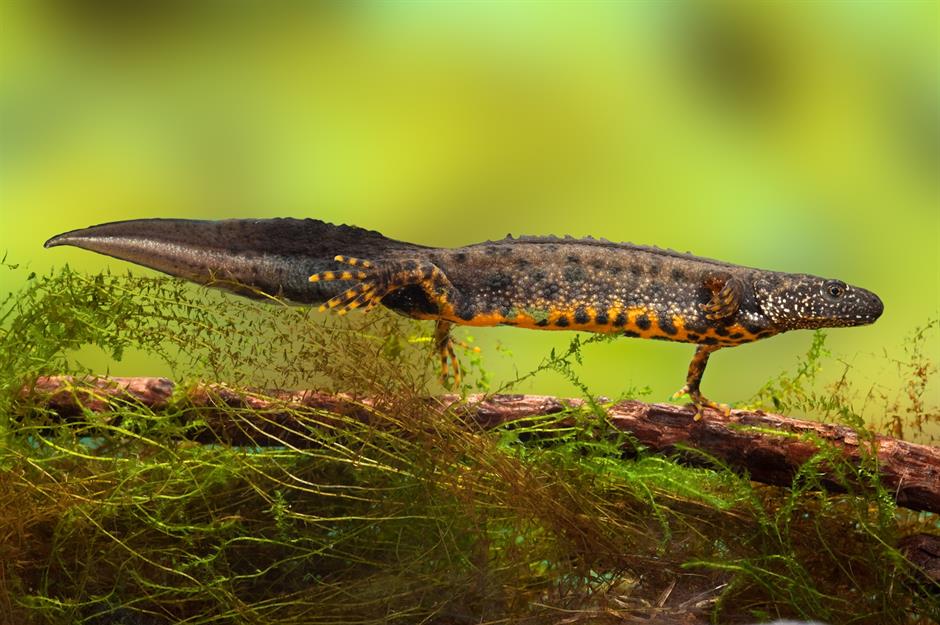
Much like frogs and toads, great crested newts are amphibians that require a water source to survive. They can grow up to 6.7 inches (17cm) long and boast a distinctive skin. They're dark in colour with spotted flanks and a striking orange belly. Great crested newts, like toads, have warty skin and males have a long, wavy crest that runs down their bodies during breeding season.
These newts can be found in ponds, but also spend long periods of the year in woodlands, hedgerows and marshes. However, they have exacting water requirements and don't typically venture into garden ponds. But if you're planning on building a house on a site that's home to newts, you'll need to proceed with caution.
How to get rid of great crested newts legally

Great crested newts are legally protected in the UK and Europe since their numbers are threatened. Habitat fragmentation, disease and the effects of climate change are all thought to have led to dwindling numbers, so if anything, we need to be encouraging these critters.
If you have a large pond in your garden, you can encourage great crested newts by ensuring one side gradually slopes up to dry land, enabling young amphibians to leave the water. A ramp covered in chicken wire can help. Since newts can be preyed upon by birds, growing plants around the pond helps provide shelter and protection.
In the UK, if you're looking to build on or around a site where newts are present, your planning application must include details of any impacts and mitigation. A special ecological survey may be required, so speak with your local council before taking action.
Protected species: badgers
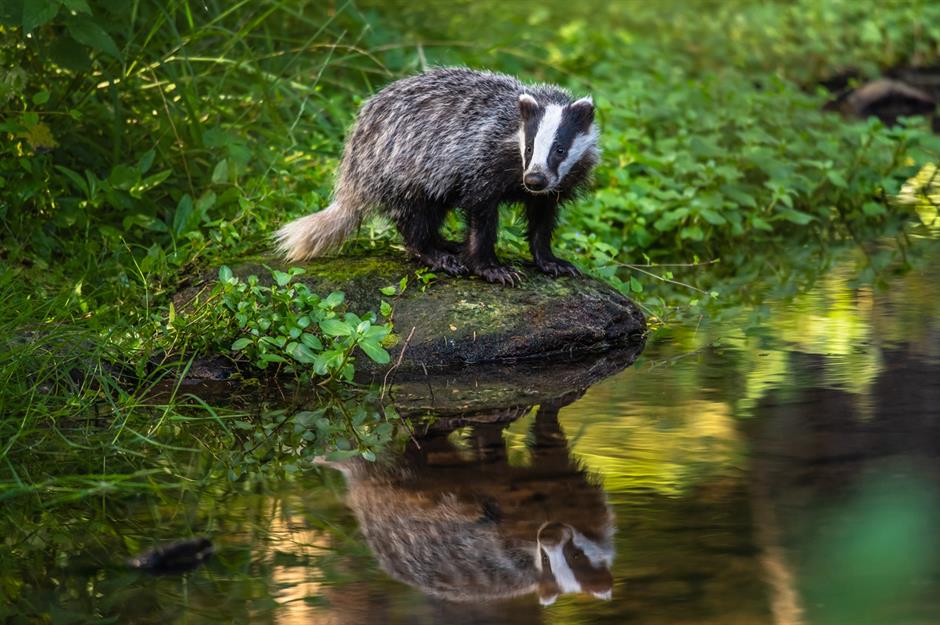
Badgers are short-legged omnivores with black-and-white striped faces, fluffy tails, black bellies and paws. They are fantastic diggers thanks to their strong claws and are mainly nocturnal. They live in setts (tunnels that they dig underground) and are native to much of North America and Europe.
Though they can generally be found in the countryside where prey is in abundance, badgers can find their way into gardens in search of food. This can lead to damage to lawns and flower beds, but aside from that, these creatures tend to pose no real threat to humans unless they're provoked.
How to get rid of badgers legally
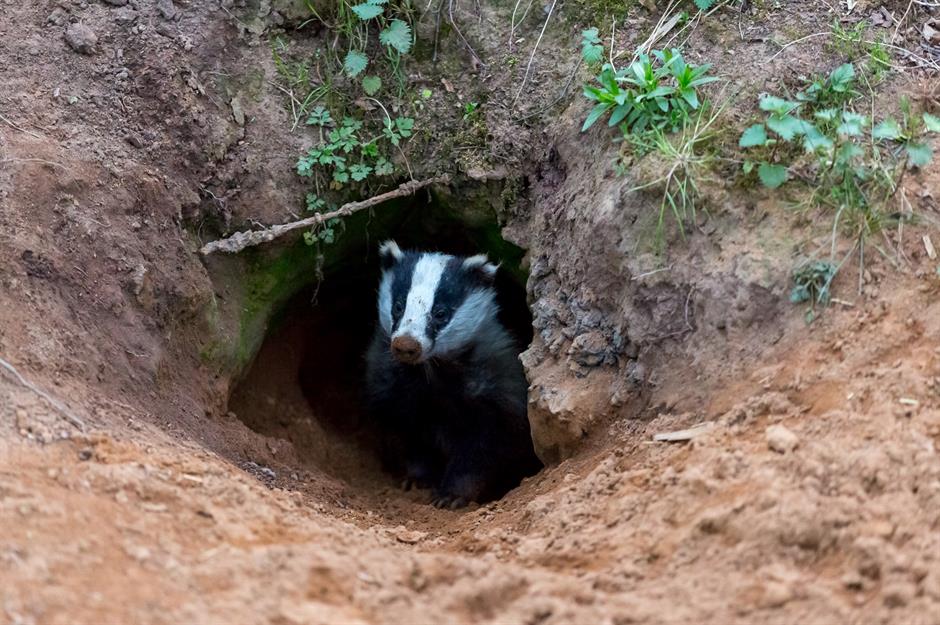
If you're struggling with badgers digging up your garden, it's worth knowing that they're protected in the UK and it's illegal to harm, disturb or remove a badger. This means you cannot dig to find them or allow your dog to enter a sett. Instead, consider detering them from your garden by blocking access to whatever is attracting them, such as food sources or shelter.
The Badger Trust, the leading voice for badgers in England and Wales, encourages people to make space for these creatures. They're fantastic for the ecosystem since they disperse seeds through their dung and create new habitats for amphibians, plants and small mammals.
Protected species: beetles
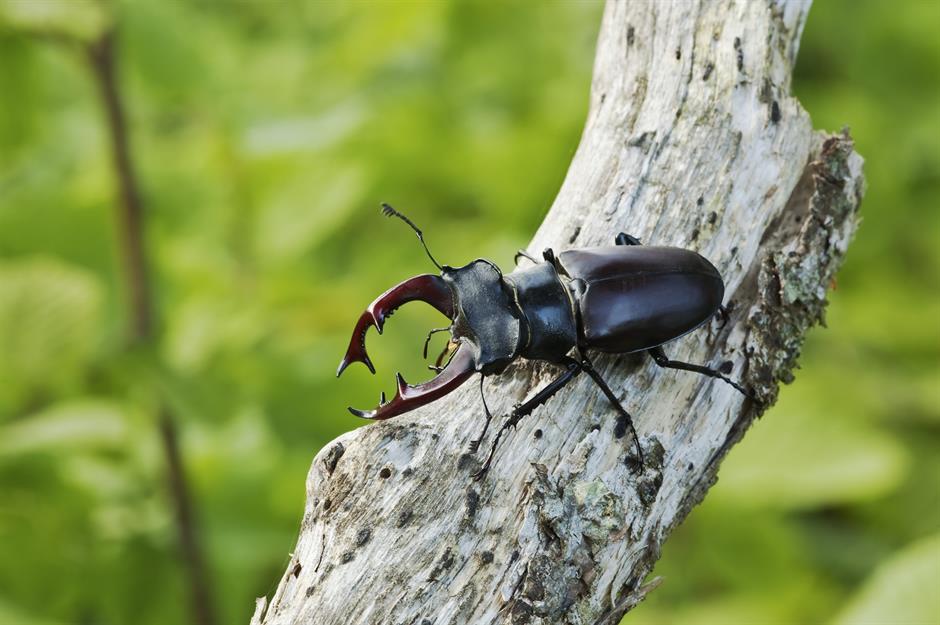
Did you know that one in five of all known species on Earth is a beetle? In fact, there are thought to be over 400,000 different beetles around the world. They often get a bad rep, but they play a vital role in a healthy planet, so much so that stag and rainbow leaf beetles are protected in the UK and Europe.
Beetles are nutrient recyclers that contribute to soil fertility, as well as acting as pollinators. They are also predators of destructive pests such as greenflies and snails.
Stag beetles (pictured) are the UK's largest beetle species, though their populations are declining across much of Europe. They can generally be found in woodlands, hedgerows, orchards, parks and gardens where dead wood, which they feed on, is plentiful.
How to get rid of beetles legally
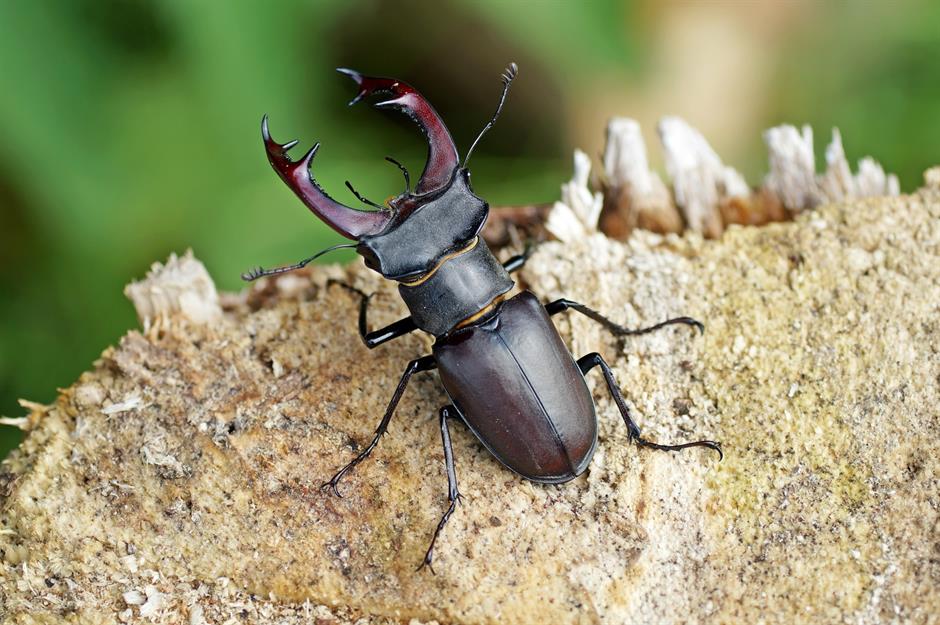
Some gardeners might wish to get rid of beetles, but many are entirely harmless and can actually promote a diverse ecosystem. Since stag beetles only feed on dead wood, they pose no threat to living trees or shrubs, so there's really no need to panic if you see them in your garden.
Encourage stag beetles by retaining old wooden stumps when trees or woody shrubs die, fall or are cut down. This provides essential decaying wood for them to eat.
Since stag beetles are protected, you should not interfere with them. Avoid using pesticides and insecticides in your garden and take care when digging as they lay their larvae underground.
Protected species: dormice
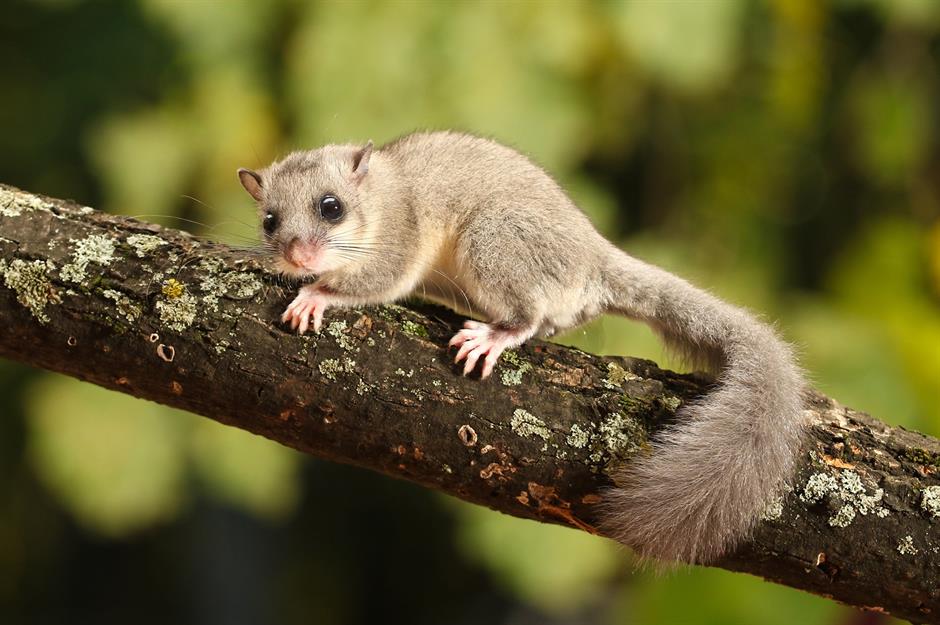
The dormouse is a tiny and undeniably cute nocturnal rodent found in Africa, Asia and across Europe. They enjoy long, dormant hibernation periods of six months or longer – hence their name – and generally grow between 2.4 inches (6cm) and 3.5 inches (9cm) long. They have golden-brown fur, big black eyes and long, feathery tails.
Dormice tend to live in woodlands and hedgerows and eat a diet of insects, flowers, seeds and berries. Due to their size, they can accidentally find their way into people's homes but they pose absolutely no threat.
How to get rid of dormice legally
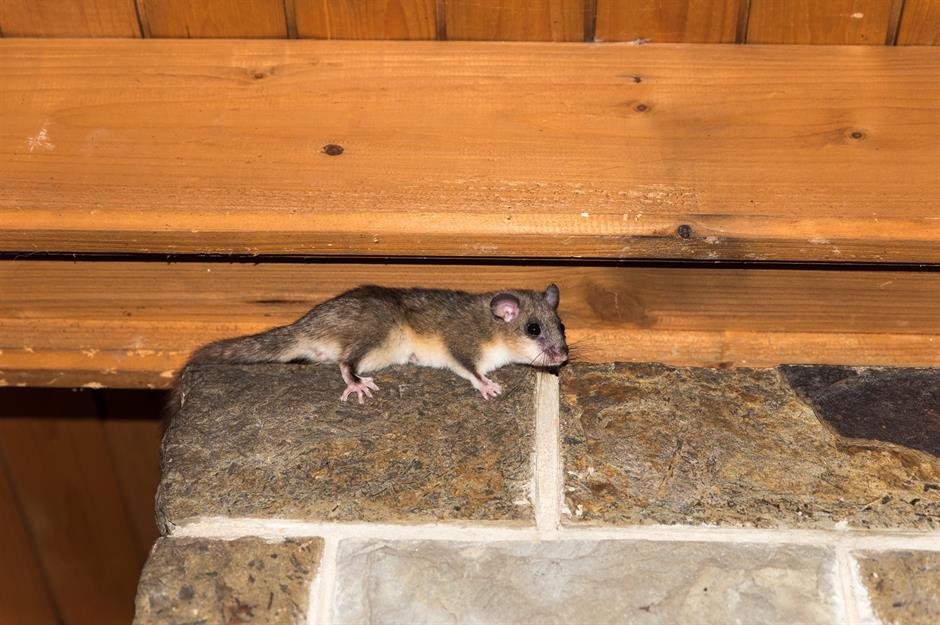
Sadly, the hazel dormouse is one of Britain's rarest mammals and its population is in serious danger, with numbers estimated to have fallen by 52% since 1995. The loss of ancient woodlands and hedgerows is playing a role in their decline. They are now protected in the UK and Europe so homeowners are encouraged to create environments where they can thrive.
If your property features lots of trees or hedgerows bordering fields, avoid cutting them too often. If a dormouse stumbles into your barn, home or garage, then you should not attempt to move it yourself. You need a license to handle or move a dormouse. The best thing to do is let it find its own way out or contact a professional who has the appropriate license.
Protected species: grasshoppers and crickets

Grasshoppers and crickets can be found in sunny, grassy areas, including gardens, throughout the summer months. These distinctive orthopteran insects have tube-shaped bodies, six long legs and front antennae that are sensitive to touch, smell and, in some species, sound.
As with all insects, they aren't always popular with homeowners and can cause damage to plants, wood and foliage. When they swarm, they can land in gardens in large numbers, which can lead to severe crop destruction. However, you might not be able to do much about it.
How to get rid of grasshoppers and crickets legally
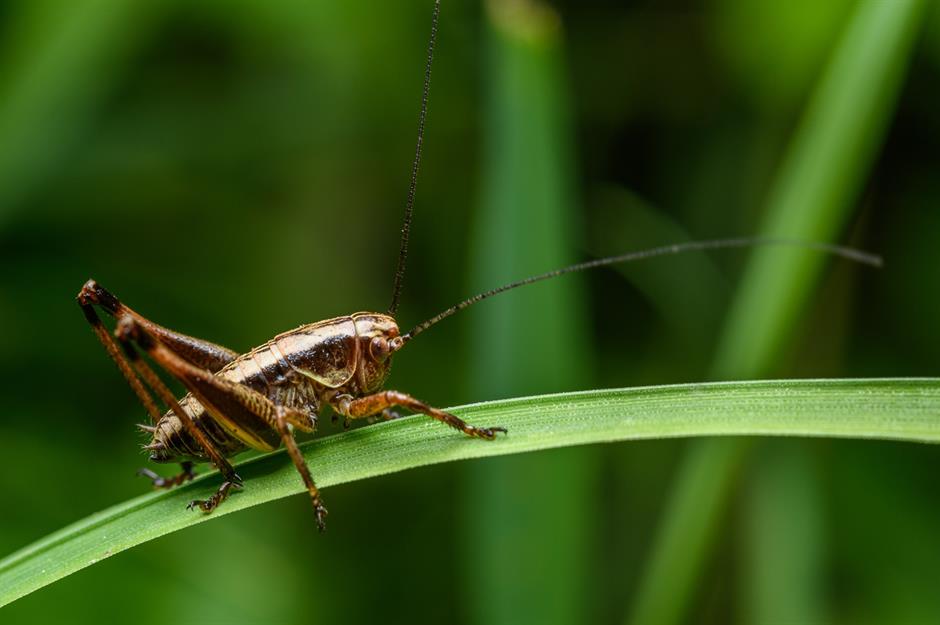
Certain grasshopper and cricket species are protected in the UK, including the field cricket, mole cricket and wart-biter grasshopper. That's because they are an important food source for birds and reptiles and their decline could affect entire ecosystems.
If you find them in your garden and they aren't causing any issues, leave them be. You can discourage them by protecting plants with mesh screens or a 'trap crop' – a border of tall grass that will deter them from reaching your harvest. Neem oil is also thought to be an effective natural grasshopper deterrent.
For any infestations, you should consult a professional pest control company with the correct certifications.
Protected species: squirrels

The grey squirrel is native to North America but was introduced to the UK in the 19th century. Since then, they have had a disastrous impact on Britain's only native squirrel species, the red squirrel.
Grey squirrels compete with reds for food and also carry a virus known as squirrelpox. Grey squirrels are immune to the disease but it can be fatal for red squirrels.
How to get rid of squirrels legally
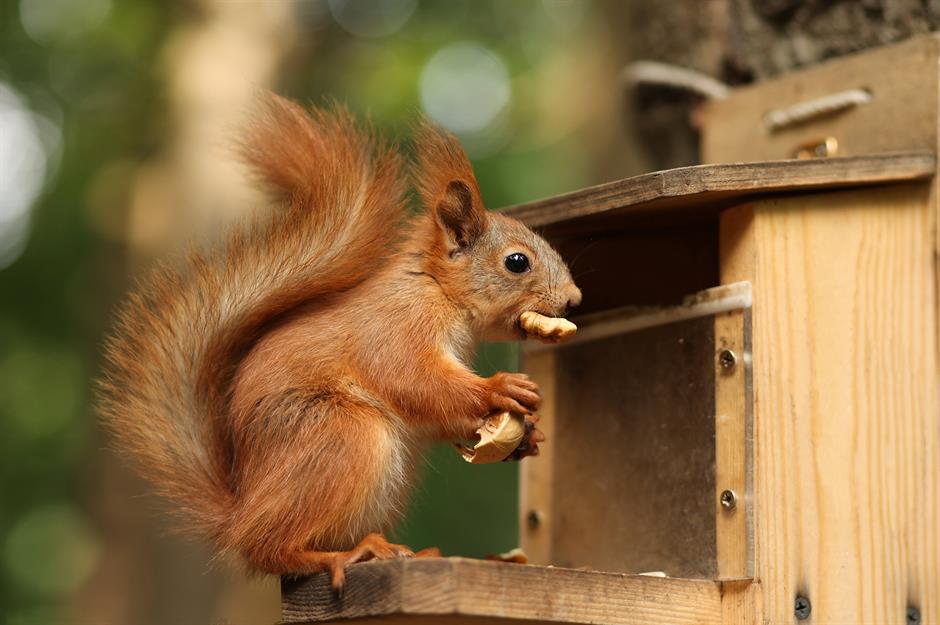
Because of this, red squirrels have retreated to wild and remote locations and are now at risk of becoming extinct in England. It is therefore illegal to harm, deter or remove them. If you spot one, you should report the sighting online, as monitoring their locations is vital to their survival.
Grey squirrels, however, are not protected. Their control is legal and doesn't require a license. Live traps are the best way to tackle grey squirrels, but if in doubt, call in the professionals.
Protected species: foxes
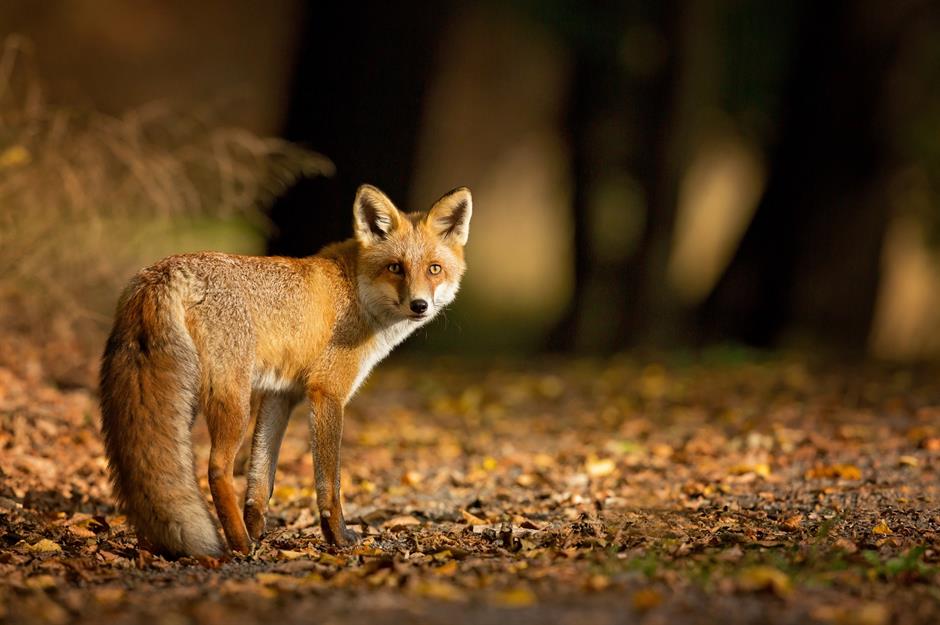
Foxes can be found in Europe, parts of Asia, North Africa and most of North America. This omnivorous mammal has upright, triangular ears, a pointed snout and a long, bushy tail. For the most part, they are harmless.
However, during mating season, which takes place each January, they can exhibit more adventurous behaviours as they search for a mate and a den where they can raise their young. This can bring them closer to humans and cause unexpected and expensive issues.
Since they like to dig, foxes can quickly weaken the foundations of decks, porches and sheds, causing structural damage over time. A family of foxes could also destroy your lawn and flower beds, as well as riffle through rubbish and cause a significant mess. So what can be done about it?
How to get rid of foxes legally

While not fully protected, foxes are partially protected in the UK. It is illegal to poison foxes and they have some protection under the Wildlife and Countryside Act 1981. They are protected from abuse and ill-treatment by the Wild Mammals (Protection) Act 1996 too.
The best thing to do is deter foxes. Do so by removing food sources – secure or lock bins away, invest in bird feeders that don’t spill food onto the ground, protect edible crops and promptly clear up any fallen fruits. Fish, blood and bone fertiliser can also attract foxes, so consider switching to a plant-based product.
If a fox has already made its burrow in your garden, wait until the cubs have left the den in late summer before actioning the above deterrents. You can encourage the mother fox to move her cubs by making noise and walking nearby.
Protected species: moles
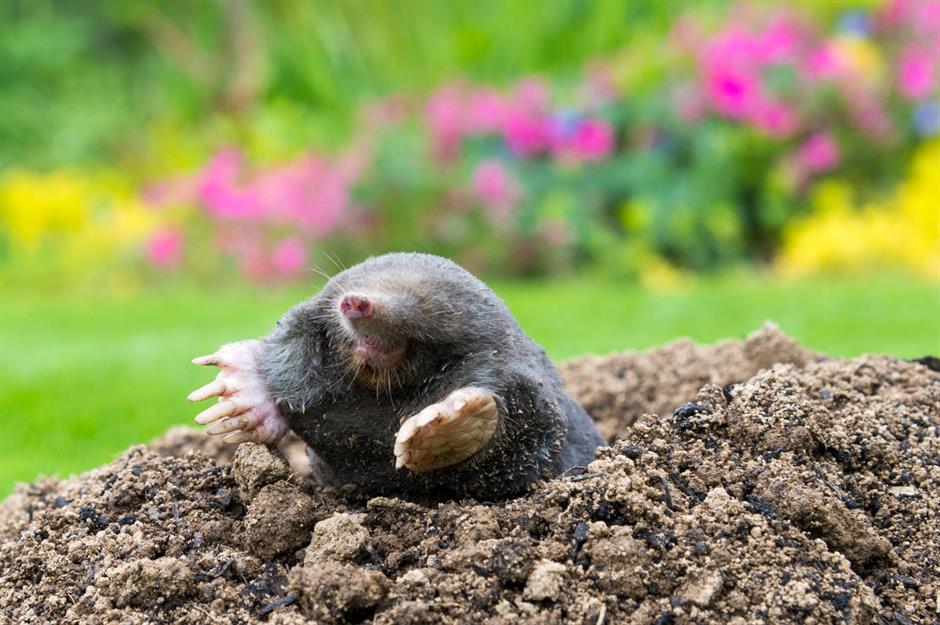
Moles are undeniably adorable but they are also very unusual. These small mammals live mostly underground in elaborate burrows they create using their powerful forelimbs and large paws. They have velvety fur and inconspicuous eyes and ears – scientists believe they are both colourblind and near-sighted.
Moles can be found in most parts of North America, Europe and Asia and tend to set up home in fields, woodlands and sometimes gardens. Sadly, moles are often seen as pests, since their burrowing can cause damage to lawns. However, they are great for ecosystems as they help with soil aeration and feed on garden pests like slugs.
How to get rid of moles legally
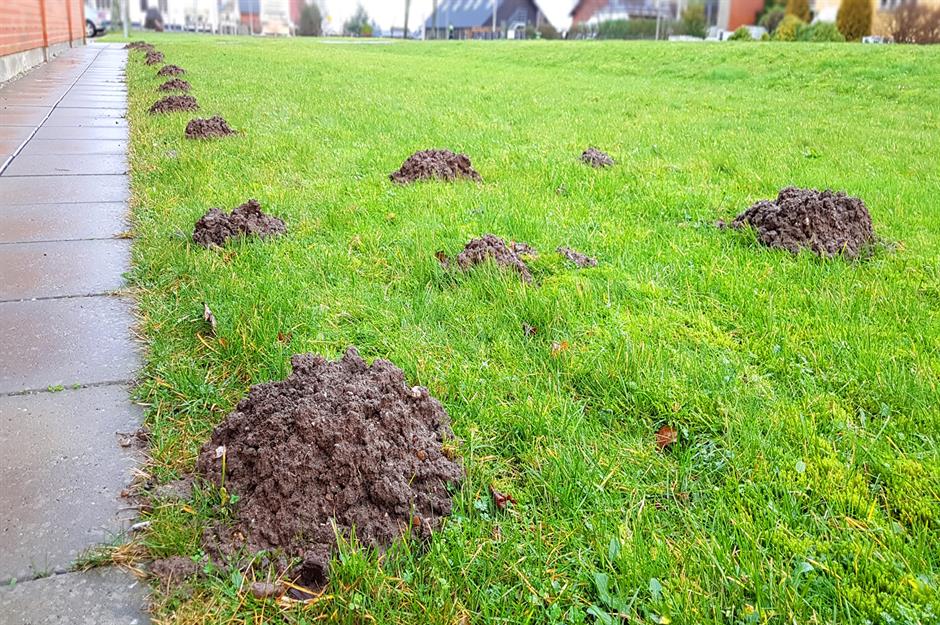
What can you do if you have a mole problem? In Britain, moles are protected from cruelty under the Wild Mammals Protection Act 1996 and, when trapped or caught, the Animal Welfare Act 2006. Only legally approved poisons can be used by trained and licensed professionals. While humane traps are available, you should always seek expert advice before taking action.
Frequent lawn mowing and other noisy activities can help to deter moles, while some say vibrating probes embedded in your lawn are a good way to keep moles away.
Loved this? Check out these handy home hacks and tips for a harmonious house
Comments
Be the first to comment
Do you want to comment on this article? You need to be signed in for this feature